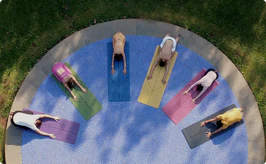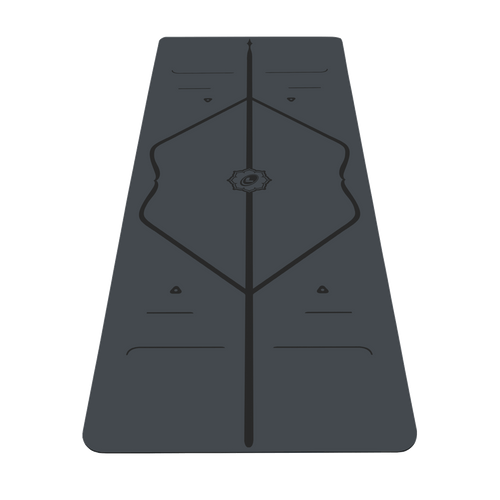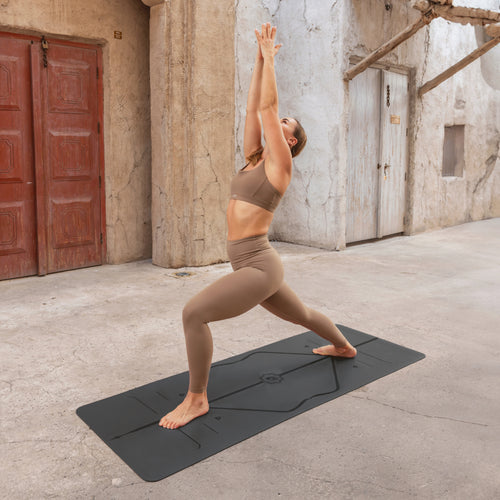
This video is based on an Independent Study...
We want to be transparent and real about what our Yoga mats are made of which is why we’ve taken it a step further and commissioned an independent study from a leading polymer expert from Imperial College London - a global top ten university with a world class reputation in science. Know your facts.
The Timeline
We believe our revolutionary GripForMe® technology iFor thousands of years, Yoga mats were not really needed as the practice consisted mainly of seated breathing and meditation. Yogis back then would use animal skins or basic cloths if they needed a bit of cushioning.
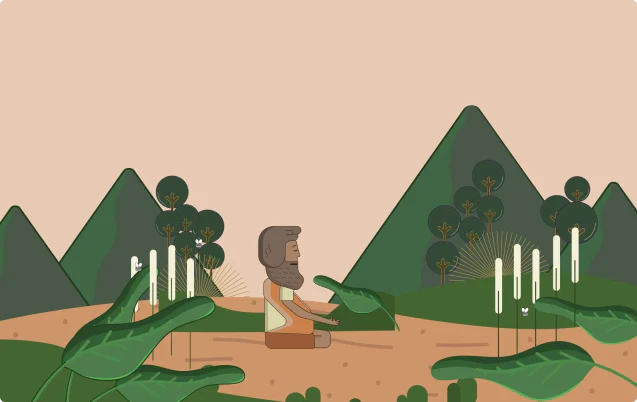
Where it began...
In the beginning of Yogi-Time
For thousands of years, Yoga mats were not really needed as the practice consisted mainly of seated breathing and meditation. Yogis back then would use animal skins or basic cloths if they needed a bit of cushioning.
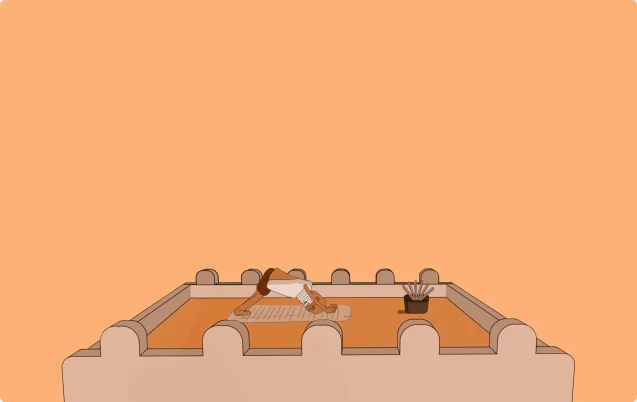
Late 1800's
Yogis Used Basic Cloths
As more challenging asanas (physical postures) became more popular, more supportive surfaces were needed. Over time, mats started to evolve from the more basic folded cloths on which Yogis would sit, into rugs that were a little bit more like the Yoga mats of today.
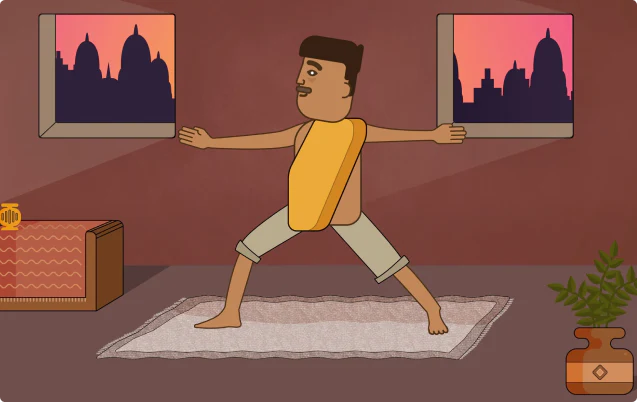
Late 1930's
Cloths Evolved into Cotton Rugs
By this time, as asana practice had developed more and more, many Yogis were using rugs to practice upon. Shaped like the rectangular mats with which we're familiar now, these rugs were made from cotton or synthetic alternatives.
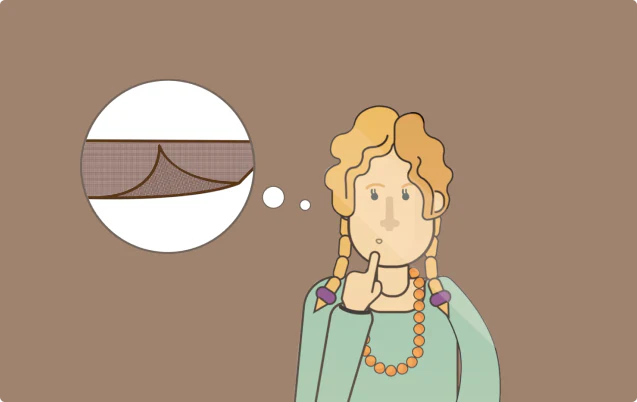
Late 1960's
The first Modern Yoga Mat
The more dynamic posture based practice (and of course the other limbs of Yoga too) were becoming more and more popular, and this type of Yoga was spreading all across the World. It was during this decade that one clever Yogini adapted a piece of foam carpet underlay into a Yoga mat! This laid the foundation for the mat as we know it today.
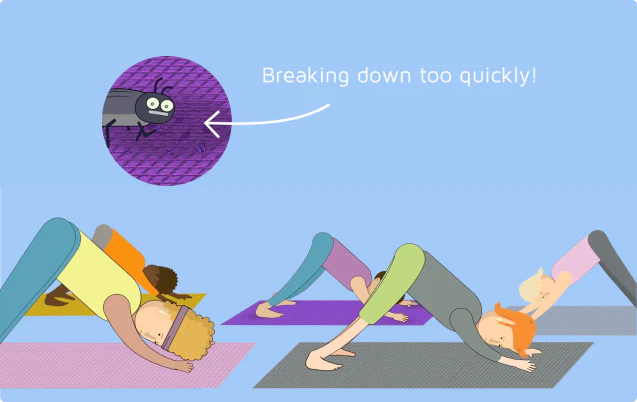
1980's
Early Sticky mats
By now, so-called 'sticky mats' were firmly established on the Yoga scene. However, a common problem with these early sticky mats was that they didn't last very long. Their soft foam material tended to deteriorate far too quickly.
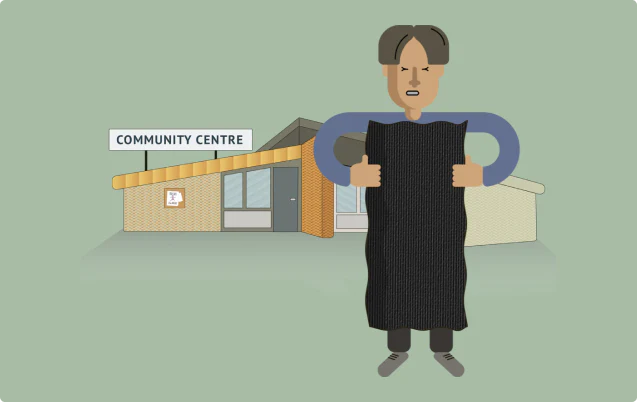
1990's
Super Tough PVC Mats
In order to try and tackle the durability problem, harder and tougher mats were made from Polyvinyl Chloride (PVC), which became the standard. But it turns out there are some big issues with making Yoga mats from this material!
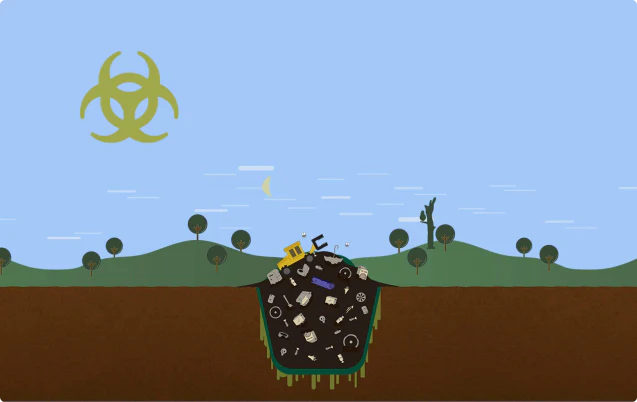
PVC Disposal Hazards
When Yogis throw away their PVC mats they will most likely end up in landfill where they could take hundreds or even thousands of years to fully break down! And what's more, these chemicals are toxic when released in to the ground.
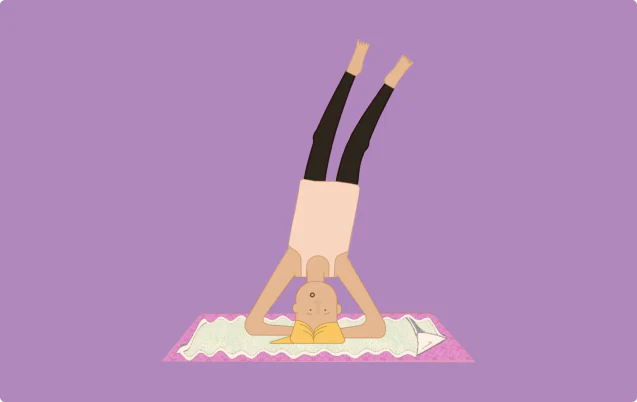
2000's
Towels
PVC mats were also so slippery that Yogis started using towels on top of them. These towels tended to flap around, distracting Yogis from their practice. Not to mention the wasted water and detergent pollution from frequently washing these towels, or the added cost of buying them in the first place!

2008
Enter Liforme
When Yogis throw away their PVC mats they will most likely end up in landfill where they could take hundreds or even thousands of years to fully break down! And what's more, these chemicals are toxic when released in to the ground.

What do Yogis really want?
5 years of research and innovation with some of the World's best material engineers and scientists, and gathering countless feedback from Yoga teachers and students around the World...
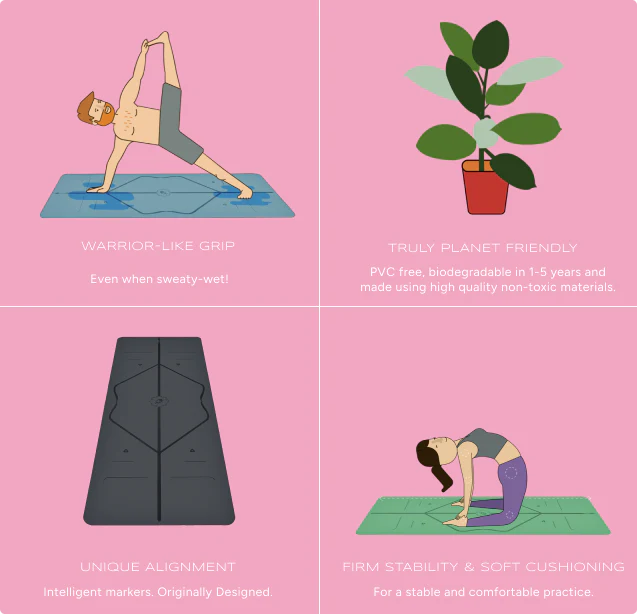
2013
Liforme Introduced their 'truly revolutionary' Yoga mats to the World!
The wise Yogis around the World have caught on to Liforme's truly revolutionary Yoga mats! Liforme's game-changing mats are being used in over 100 countries Worldwide.
Use a mat that will really support your practice, made by a company whose ethics and values you can really believe in!
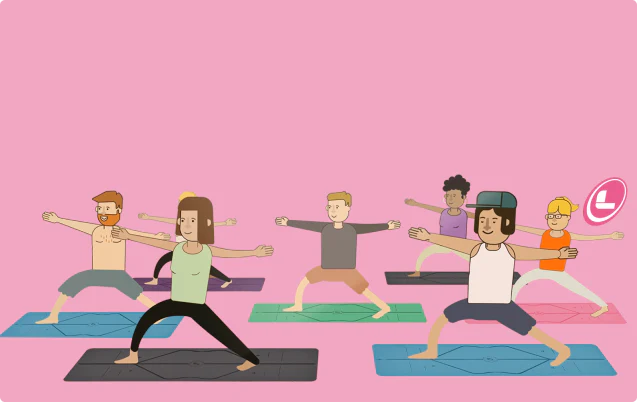
Today
Help us stop the copiers!
Liforme's AlignForMe® design has become a target for imitators, with many copies of our Yoga mats appearing on the market. Despite being protected by patents, copyrights, and other intellectual property rights, these copiers are still STEALING our design.
We need your help to stand up for creativity, innovation, and ethical practices. So, if you see a copy of a Liforme Yoga Mat, please report it to us using the link below. Together, we can protect the integrity of our planet, people, and practice.



